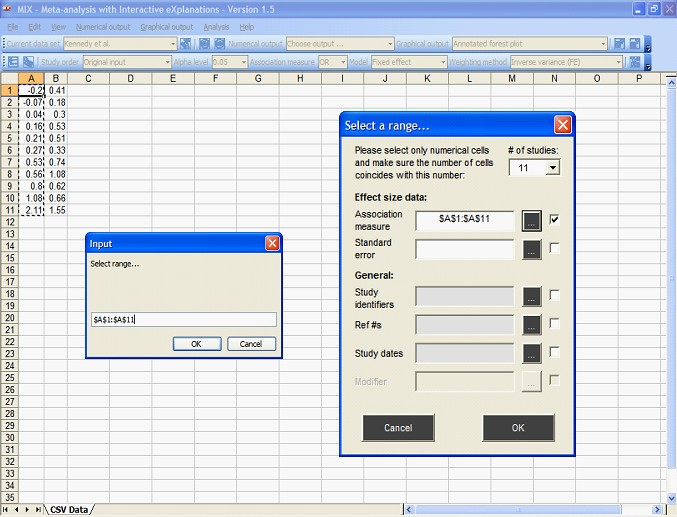


Library ( extraDistr ) phcauchy ( 0.3, sigma = 0.3 ) # 0.5 The graph below visualizes the Half-Cauchy distribution for varying values of \(s\), with the value of \(x_0\) fixed at 0. When we set up our Bayesian network meta-analysis model, for example, the (x_0,s)\). In the present chapter, we build on this knowledge and try to get a more thorough understanding of the “Bayesian way” to do meta-analysis.
COMPREHENSIVE META ANALYSIS UNLOCK CODE HOW TO
It is intended for quantitative researchers and students in the medical and social sciences who wish to learn how to perform meta-analysis with R.
COMPREHENSIVE META ANALYSIS UNLOCK CODE SOFTWARE
In this publication, we describe how to perform a meta-analysis with. This book provides a comprehensive introduction to performing meta-analysis using the statistical software R. It is then essential to well understand its methodology and interpret its results.

In Chapter 10, we learned that every meta-analytic model comes with an inherent multilevel, and thus hierarchical, structure. In general, the use of meta-analysis has been increasing over the last three decades with mental health as a major research topic. To perform a Bayesian meta-analysis, we employ a so-called Bayesian hierarchical model (Röver 2017 Higgins, Thompson, and Spiegelhalter 2009).We already briefly covered this type of model in the network meta-analysis chapter (Chapter 12.3.2). There, we discussed the main ideas behind Bayesian statistics, including Bayes’ theorem and the idea of prior distributions (see Chapter 12.3.1). Objective Meta-analysis is of fundamental importance to obtain an unbiased assessment of the available evidence. We already covered a Bayesian model in the last chapter on network meta-analysis. In this chapter, we deal with Bayesian meta-analysis. Now, we will take one step back and revisit “conventional” meta-analysis again–but this time from another angle. N the last chapters, we have delved into somewhat more sophisticated extensions of meta-analysis, such as “multilevel” models (Chapter 10), meta-analytic structural equation modeling (Chapter 11), and network meta-analysis (Chapter 12).


 0 kommentar(er)
0 kommentar(er)
